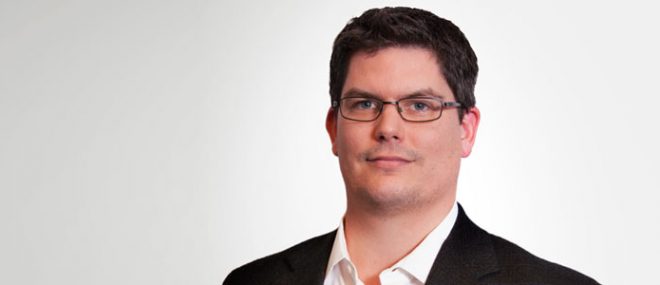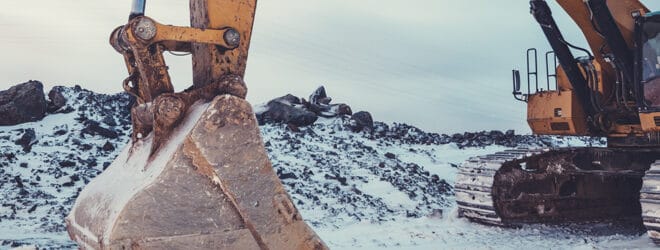Many jobs call for special safety equipment that goes well beyond the hard hat and safety boots that workers normally wear on the job. Working at heights, where a worker could fall, or in places like sewer tunnels where the air itself can be a hazard are just two examples.
Jobs in construction, on towers and bridges, and in tasks like maintenance of elevated structures often involve a risk that a worker could fall. There are a several types of equipment that can be used to manage the risk and make the work safe.
Guardrails are always the first choice for protecting workers from falling, and there are pretty clear standards for how and when they need to be used, but they aren’t always possible or practical. When that’s the case, the choices are basically fall restraint or fall arrest.
Fall restraint, sometimes called “work positioning,” consists of a body harness or belt worn by the worker, and a tether (or “lifeline”) attached to a secure anchor point. This keeps the worker from getting too close to edge and prevents him or her from falling. People working on a roof, for example, might use fall restraint.
Fall arrest is very different – it’s designed to bring a worker to a safe stop after he or she has fallen. It consists of a body harness – belts are not recommended in fall arrest – and a shock-absorbing lanyard that always has to be “tied off” to a safe anchor point. If the worker should fall, the lanyard will absorb some of the shock, and the worker will be left hanging – shaken but safe – to climb back or wait for rescue. People working high above the ground a steel tower, for example, would use fall arrest.
Another big area in health and safety concerns “confined spaces” and the air or atmosphere that workers have to breathe when they work in one. A confined space is basically any space, not designed for people to normally work in, where a dangerous atmosphere may develop – think storage tank, or sewer tunnels or underground vaults.
A lot of things can go wrong with the atmosphere in a confined space. Too much oxygen will increase the risk of fire, too little oxygen will cause suffocation. There may be flammable gas or vapour that could be ignited into a fireball by a single spark. Or there may be a toxic gas that could overcome a worker.
That’s why the atmosphere in a confined space has to be tested and monitored as part of an overall safety plan whenever anyone has to go in to do work.
There are several different types of meters used for assessing the air in confined spaces.
- Oxygen meters measure the percentage of oxygen in the atmosphere. Normal air has 20.9% oxygen, and a range of 19.5% to 23.5% is usually considered acceptable.
- Flammable gas or vapour detectors can detect and measure the level of any gas or vapour that may be flammable or explosive. Common examples include gases such as methane, or vapour from fuel or solvents in the air.
- Detectors for specific toxic gases, such as hydrogen sulphide or carbon monoxide, have to be chosen based on knowledge of what kinds of gases could be present. There are also multi-meters with modules for more than one toxic gas.
Work in confined spaces, in fire and rescue, and even in industrial jobs like spray painting may need to use respirators that go beyond the dust masks and filters worn by many workers.
Canister respirators have filter elements designed to deal with specific contaminants in the air. Workers have to choose the respirator according to the hazard that is known to be present.
Self-contained breathing apparatus, or SCBA respirators, actually provide breathable air, much like a SCUBA diver’s air tanks. These are used when there is not enough oxygen in the atmosphere, when there is more than one toxic gas, or when it’s not known for sure just what hazards there may be. SCBA systems of often used together with chemical protective suits.
Find out how our Risk Services team can help you minimize risk and maximize value.




